
A fierce real estate development is silently dispossessing the inhabitants of the most desired beaches in Costa Rica. At the same time, the forest disappears, violence intensifies and the myth of the most stable democracy in Latin America is shattered.
Two howler monkeys swing on the rope that takes them from one tree to the other. It isn’t exactly a rope but rather an electric cable. They reach the transformer and we cringe, thinking of what we would do if they get electrocuted. Who do we call? A Chilean woman is painting her new fast food restaurant and tells us that here, on Avellanas Beach (in Guanacaste, in the northern Pacific area of Costa Rica), monkeys fall to the ground roasted every week. They only call the rescue centers when the babies are alive.
It gets worse with each new condo. The more luxury construction there is, the more electricity the cables carry and the more baby howlers end up orphaned, burned and on the streets. “Before, they moved between the tree branches…but we cut them off,” says the Chilean.
Fascinated, two women and their blonde children come out of a beachfront restaurant and take out their cell phones to take photos and videos of the howler monkeys on the power lines. They are living the idyllic promise that Costa Rica sold them: the jungle across from the ocean. Go surfing and leave your sandals under a tree instead of an umbrella. Have a piña colada with your feet in the sand. Buy a house in the mountains with an ocean view. Don’t worry, English spoken.
The coasts of Guanacaste are an example of the global tendency to gentrify cities and neighborhoods, to make them “trendy” and, in the process, dispossess their original population in one way or another. It happens everywhere in Latin America. For example, there are campaigns to save Mexico City from its excessive charm for foreigners. And in Guatemala, an article in the New York Times describes the luxurious Cayalá, in the capital, as that paradise for the wealthy in the middle of a violent city.
But Guanacaste has a distinctive characteristic: In 100 years, it could be practically a desert. And parallel to this growing desertification driven by climate change, the jungles and beaches are being filled with condominiums (or, as real estate agents love to call them, gated communities), digital nomads and empty luxury houses, waiting for the next Airbnb guest.
I lived in this province for seven years and I had never seen it so clearly. To get here, we traveled on a gravel road full of treacherous holes that hide behind the dust. Waze navigation app tried to sneak us into one of those neighborhoods with private security and large golf courses to save us from the untamed road, but we were unsuccessful. The guard explained to us that you have to have an invitation from a member of the gated community or a reservation at the luxury hotel to use the paved route.
On the other hand, in the nearby towns, we find what we find in any town in Costa Rica: wooden houses with their chickens and children outside, colorful pulperias (convenience stores), a plaza, two ladies fighting off the heat by fanning themselves with the newspaper while they wave goodbye to us, even if they don’t know us. As we get to the beach, there are ads for surf classes, yoga classes, restaurants that charge you $7 for a coffee (that’s right, in dollars), new condominiums that promise to be ecologically sustainable.
“How can they be ‘sustainable’ if there are 80 condominiums with a pool? Eighty!” asks the Chilean, who is also trying to take advantage of the benefits of the area’s rapid development, but worries about the way in which it happens. She herself is an example of Guanacaste’s paradox: The largest source of employment in the area is also the one that leaves them homeless.
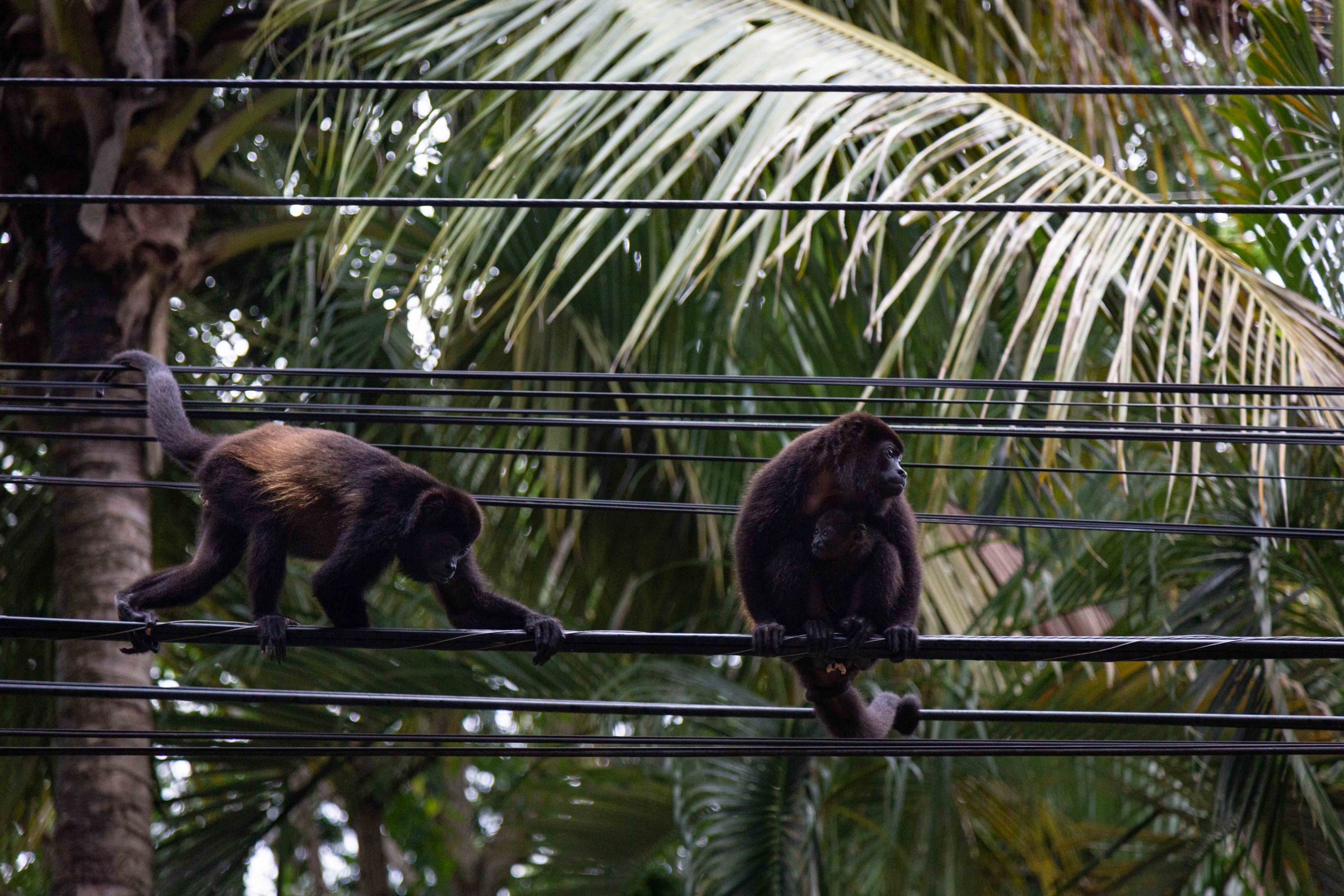
Poorly planned urban growth in communities causes animals to lose opportunities to move around safely. The photo shows howler monkeys hanging from electrical wires in Nosara.Photo: Cesar Arroyo Castro
We are in the least populated province in the country, but it has the fastest increase in “intention to build.” In other words, it is where construction permits are processed the most – even more than in the capital, which is the most populated province in the country.
One of those residential projects in Santa Cruz in Guanacaste called itself, without any reservations, “The Enclave.” Enclave: territory that is governed by its own rules. That reminds us Central Americans of that time of quasi-enslavement banana production by the United Fruit Company that left little more than the destruction of habitats and lives in the region.
Half of all this construction is concentrated precisely in Santa Cruz, but the canton continues to have human development indexes well below the country’s average. Where does all that wealth go? In the midst of this real estate boom, the residents – those who moved there to work in tourism, construction or cleaning, and those who grew up there – live with the anxiety of not knowing if they’ll have water tomorrow or not, even though they have a golf course right next door that’s always green. Or teachers at the local high schools and health personnel at primary care centers (EBAIS), who find it increasingly difficult to find places to rent at reasonable prices because the people who rent their houses prefer to divide them into rooms and maximize profits.
Added to this are the levels of violence and homicides, which have become exacerbated to record numbers in 2023 and which the Rodrigo Chaves administration has failed to control. In the middle of the week, we woke up to the news that at 7 a. m., a man was killed in the middle of the street, a few minutes from our Airbnb.
Teacher Ana Lucía Picado’s children summarized my last lines in a single sentence. “Mom, how can you even think about going to Nosara?! That’s where they kill people all the time, it’s very far away and very expensive.” Ana Lucía is one of the four teachers who, according to The Voice of Guanacaste, have already resigned from the public high school in Nosara, also in Guanacaste, one of those gentrified paradises where renting a studio near the beach doesn’t rent for less than $2,000 a month. Many teachers earn less than that.
None of this happens by chance. In the 70s, Costa Rica proposed this development model that was inaccessible to some, paradisiacal to others, with an ecotourism project on the Papagayo Peninsula. The project was developed from tax havens and quickly forgot several of its promises to nearby communities. Since then, the model survives but inequalities are skyrocketing and communities are breaking down.
Education, health and access to an ecologically balanced environment are the pillars of Costa Rica’s democracy, the most stable and lasting one in Latin America. Here, however, they become myths of a country that many fear is rapidly fading. And we have to ask ourselves if only digital nomads and foreign millionaires will survive in their gated communities on the most valuable pieces of land.
María Fernanda Cruz Chaves is a Costa Rican journalist. This text is part of the collaborative journalism alliance otrasmiradas.info
This article is the author’s opinion and does not necessarily reflect the editorial position of this medium. If you want to share an opinion article, send an email to [email protected]


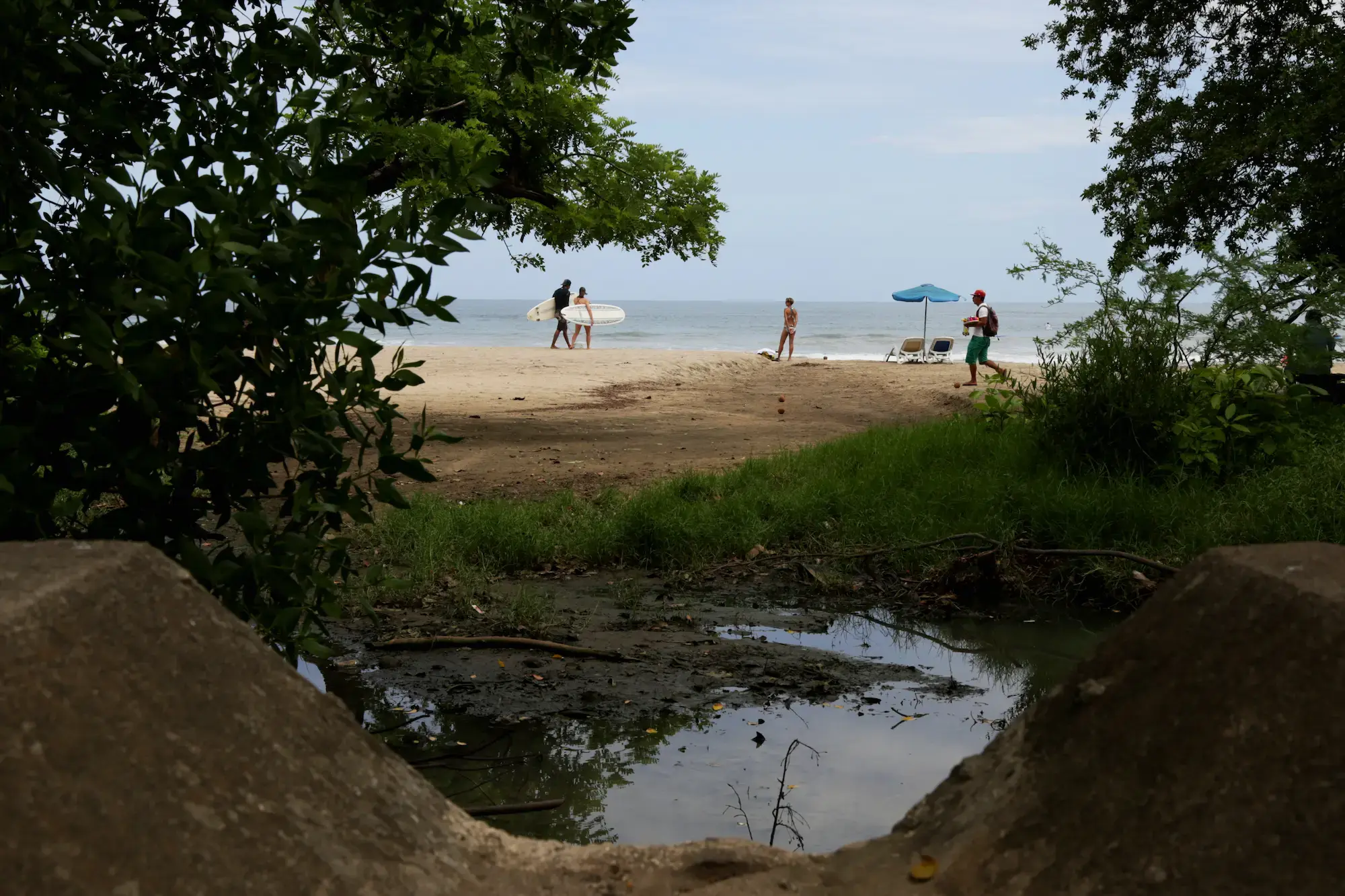
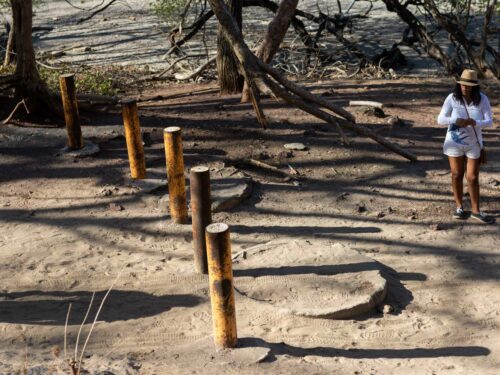
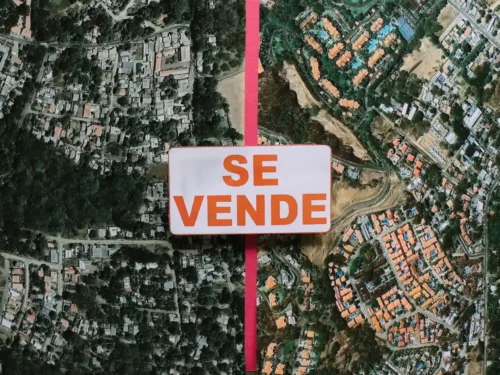
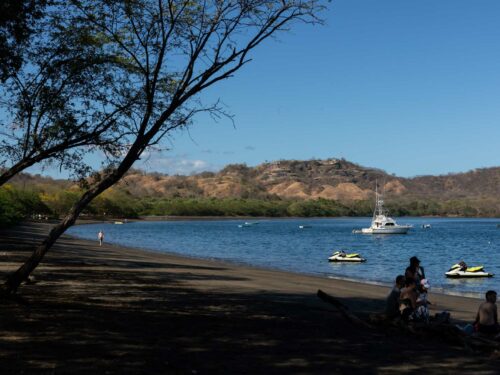

Comments